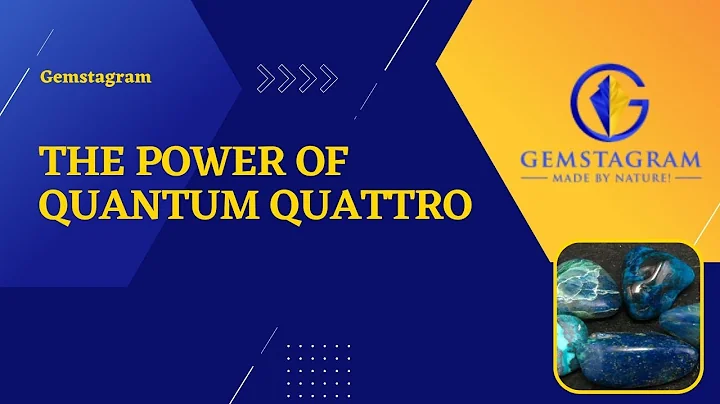Demystifying MT 202 Swift Format
Table of Contents:
- Introduction
- What is MT 202 Swift Format?
- How does MT 202 Swift Work?
- When is MT 202 Swift Used?
- The Difference Between MT202 and MT103
- Sample MT202 Format and Field Explanation
- Conclusion
- FAQ
MT 202 Swift Format: A Comprehensive Guide
1. Introduction
In the world of banking and financial transactions, MT 202 Swift plays a crucial role in facilitating global fund transfers between banks and other financial institutions. This article aims to provide a detailed understanding of the MT 202 Swift format and its significance in the interbank fund transfer process.
2. What is MT 202 Swift Format?
MT 202 Swift is a payment message that enables the transfer of funds between banks across borders. It serves as a communication protocol for banks to send instructions to debit their account held with a specific correspondent bank and credit the beneficiary's bank account. It's important to note that receiving a MT202 message does not guarantee that funds are immediately credited to the beneficiary's bank account. The beneficiary bank must cross-reference the nostro statement to confirm if the funds have been credited.
3. How does MT 202 Swift Work?
To better grasp the functioning of MT 202 Swift, let's consider a scenario: A beneficiary has sent documents under a Letter of Credit (LC) to the applicant's bank through the beneficiary's bank, with the intention of receiving payment. The applicant submits a request to their bank (referred to as A bank) to make the payment to the beneficiary's bank (referred to as B bank). However, A bank cannot directly send the funds to B bank since they do not maintain an account with each other. Instead, A bank debits the applicant's account and credits the funds to their correspondent bank or nostro account while simultaneously sending a message to the correspondent bank to further credit the funds to B bank. The correspondent bank then debits the funds parked by A bank and credits them to B's correspondent bank, ultimately forwarding the MT202 message to B bank. B bank, upon noticing the funds in their nostro statement, debits their nostro account and finally credits the funds to the beneficiary's account.
4. When is MT 202 Swift Used?
MT 202 Swift is primarily used for various purposes, including LC bill payments, collection bill payments, buyers credit or suppliers credit payments, and any other charges claimed by any bank. Its versatility makes it a widely adopted standard for interbank fund transfers.
5. The Difference Between MT202 and MT103
While both MT202 and MT103 are widely used for fund transfers, there are key differences between them. In an MT202 message, the focus is on the transfer of funds between banks, rather than the beneficiary. As a result, beneficiary details, including their name or account number, are not mentioned. Instead, A bank includes reference numbers of the particular LC bill, collection bill, or any other reference number specified by B bank in previous communications. On the other hand, an MT103 message includes the account number and name of the beneficiary, as it aims to directly credit the funds to the beneficiary's account.
6. Sample MT202 Format and Field Explanation
Let's take a closer look at a sample MT202 format and understand the various fields involved. Each field plays a specific role in conveying necessary information for successful fund transfers. The fields include the date and time of transmission, network delivery status, message type (MT202), sender bank (A bank), receiver bank (B bank's correspondent bank), reference numbers of the applicant's and beneficiary's banks, value date and amount of the funds, ordering institution (remitter's bank), sender's correspondent bank, account with institution (B bank's nostro or correspondent bank), beneficiary institution (beneficiary's bank and account number), and sender-to-receiver information (additional instructions or charges). The MT202 format acts as a standardized template for clarity and consistency in interbank fund transfers.
7. Conclusion
In conclusion, a comprehensive understanding of MT 202 Swift Format is crucial for banking professionals involved in interbank fund transfers. This article provided an in-depth explanation of the MT 202 Swift format, its purpose, working mechanisms, and key distinctions from other message types like MT103. By following the standardized format and adhering to the required fields, banks can ensure smooth and accurate fund transfers between institutions.
8. FAQ
Q: How does MT 202 Swift differ from MT103?
A: MT 202 Swift primarily focuses on transferring funds between banks, while MT103 includes beneficiary details for direct crediting of funds to their account.
Q: When should MT 202 Swift be used?
A: MT 202 Swift is commonly used for LC bill payments, collection bill payments, buyers credit or suppliers credit payments, and other bank charges.
Q: What is the significance of the MT202 field "Sender to Receiver Information"?
A: The "Sender to Receiver Information" field allows the sender bank to include additional instructions or information related to the fund transfer, such as reference numbers or charges breakdown.
Q: Can MT 202 Swift guarantee immediate crediting of funds to the beneficiary's account?
A: No, receiving an MT202 message does not ensure immediate crediting of funds. The beneficiary bank must confirm the credit by checking the nostro statement.
Q: Are there any restrictions on debiting correspondent bank charges in the MT202 message?
A: The sender bank may include instructions indicating that correspondent bank charges should not be deducted from the proceeds.
Resources:







